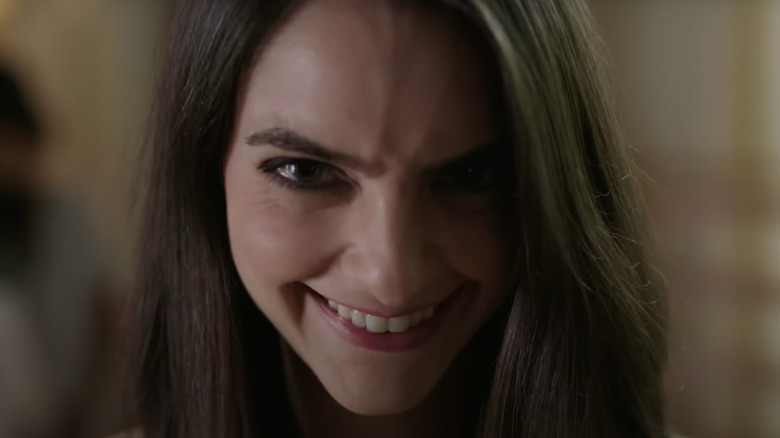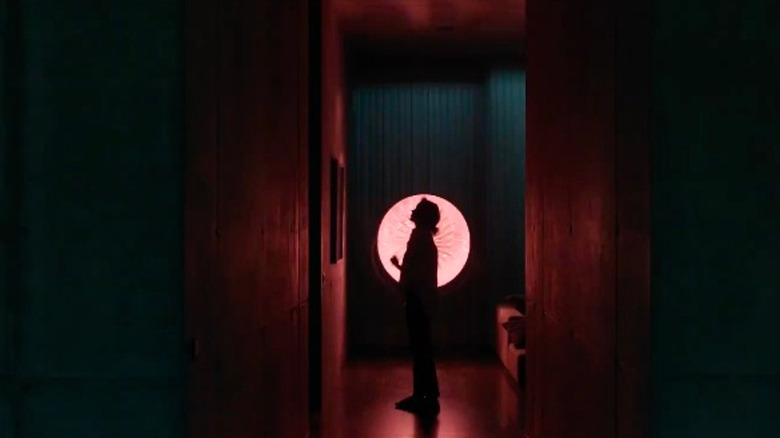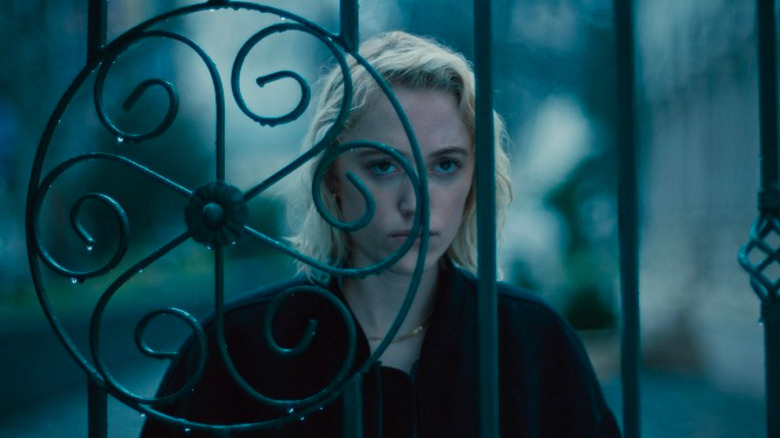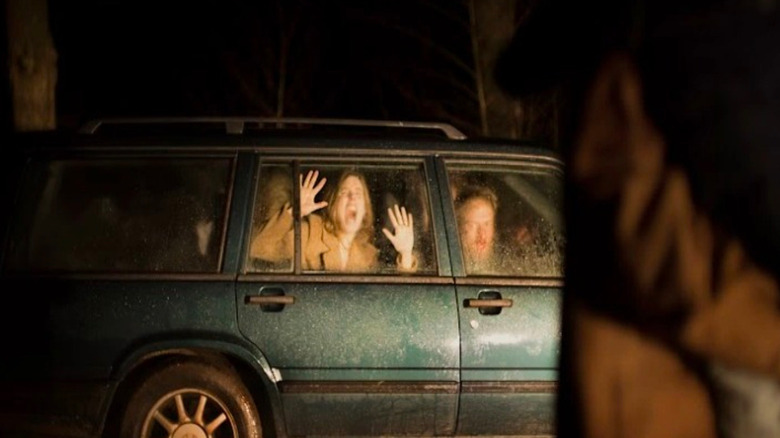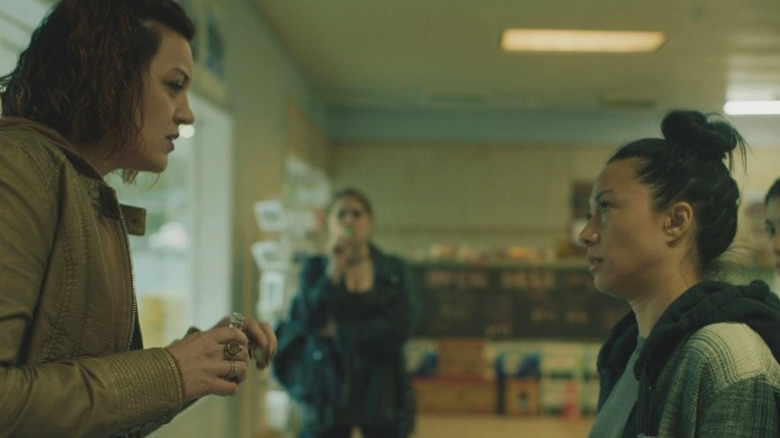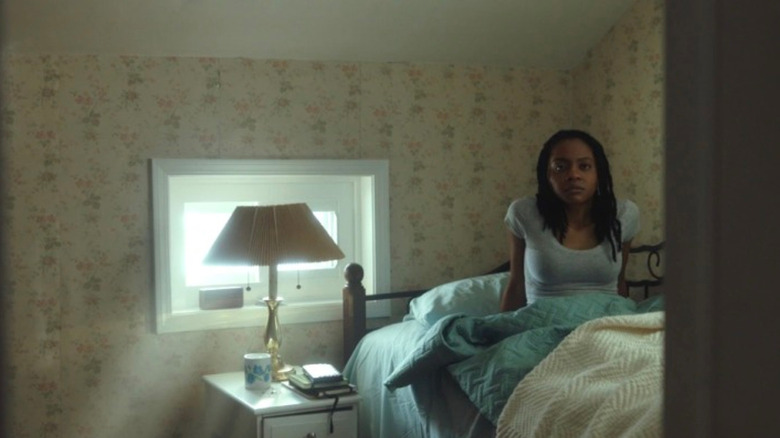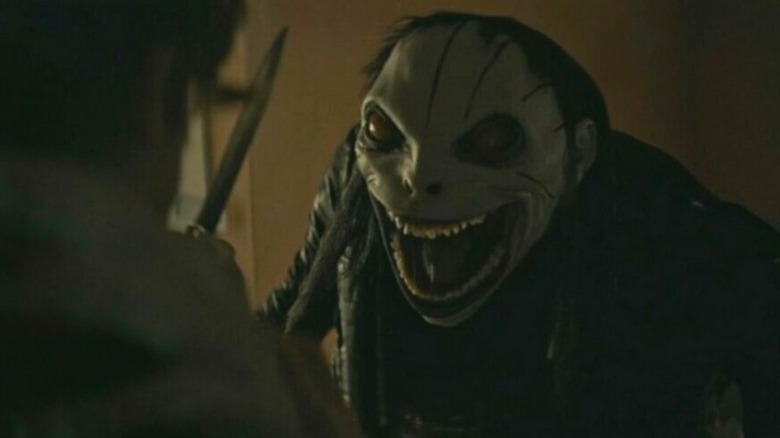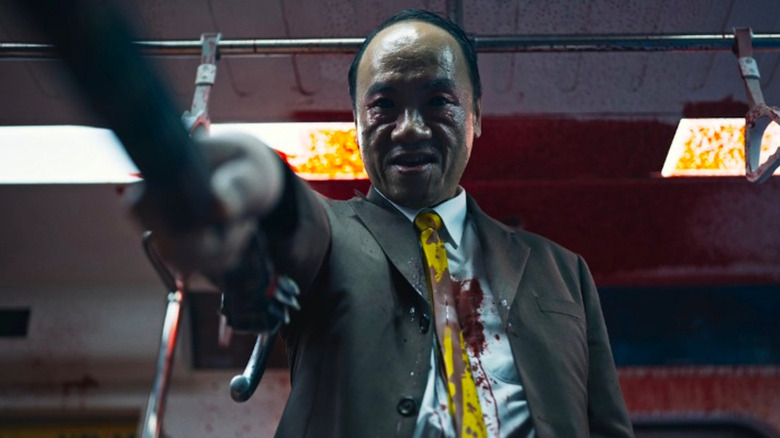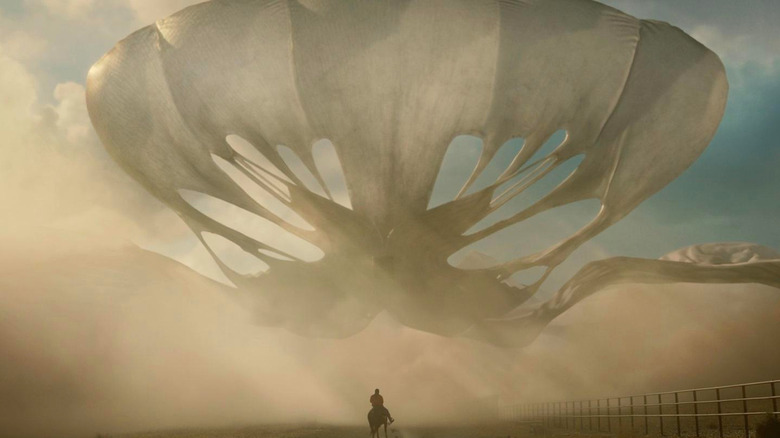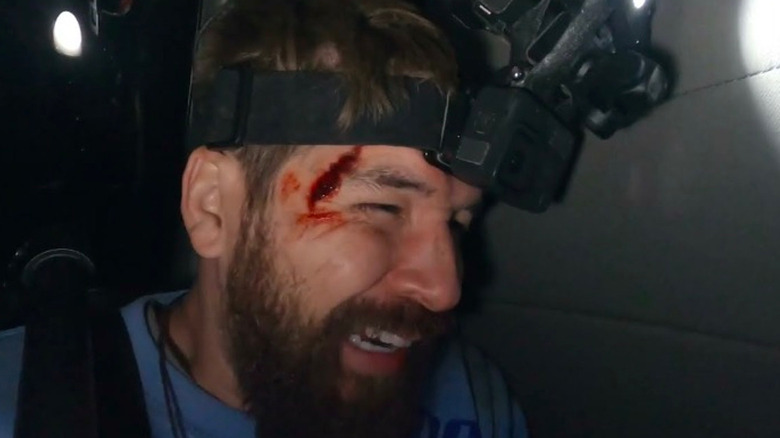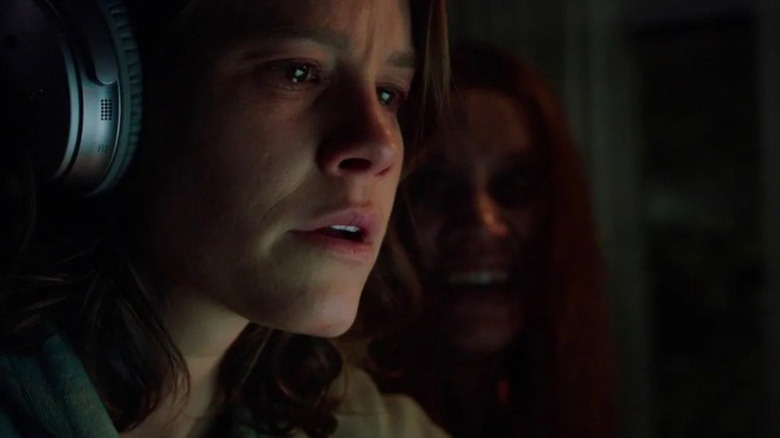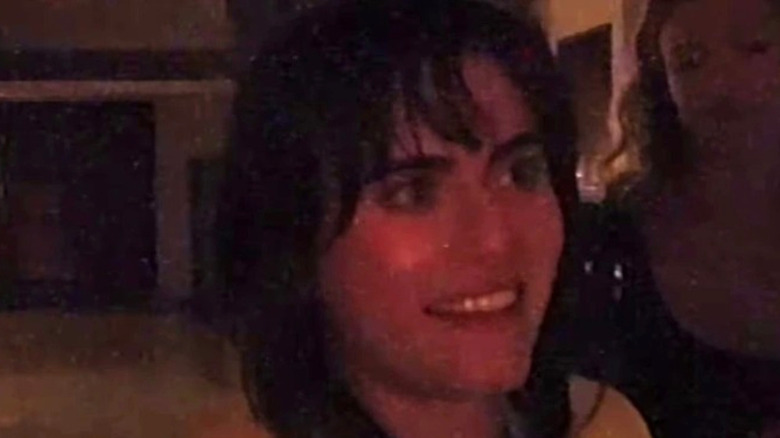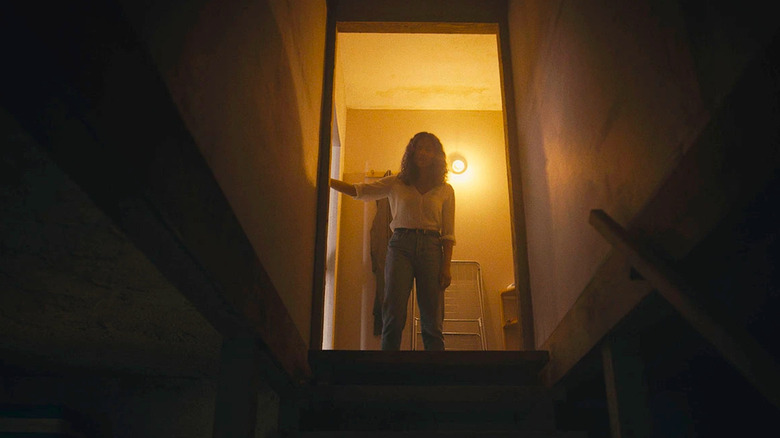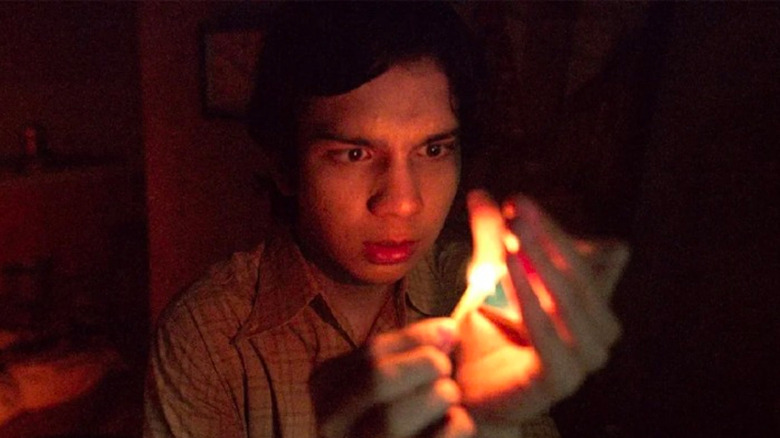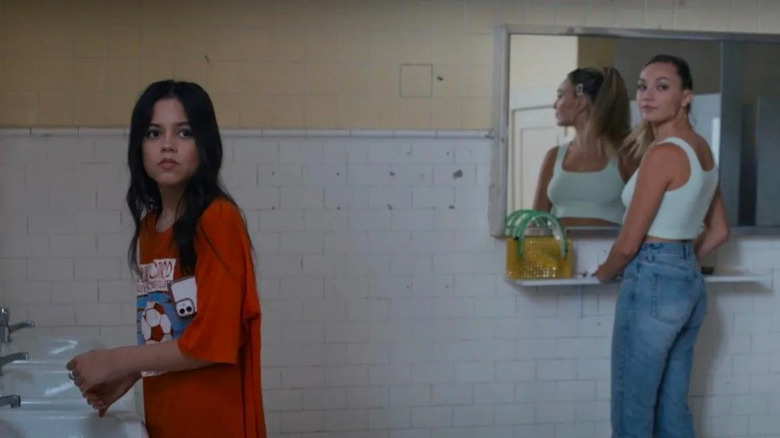While plenty of gadgets cross our desks, we at Engadget also end up buying a lot of things for ourselves throughout the year. In 2022, some of us upgraded our TVs while others invested in new cookware and deskaccessories that upped our productivity. But there are plenty of things we've been loving recently that haven't made it onto the site. Here, our staffers look back on the year that was by gushing about their favorite items they bought this year.
Nest Hub Max
I got a Nest Hub Max last year for Christmas and over the past 12 months, it’s probably brought me more joy than any other gadget. By setting Google Photos to automatically upload pictures of my son to an album linked to the Nest Hub, every day I’m treated to a slideshow of all the fun times we’ve had. When people say kids grow up fast, they’re totally right. But as a photo viewer with voice controls, the Nest Hub max lets me relive those memories while being also an important part of my smart home control center. – Sam Rutherford, Senior Reporter
55-inch LG B2 OLED smart TV
In prioritizing big purchases for our new home, I knew I wanted to get a better TV and soon. Not only did we need a new one quickly for our living room while my fiance used our old one in the basement he’d claimed as his man cave, but I also wanted to see if I could get a good deal during Amazon’s October Prime Day event. I ultimately decided to splurge on the 55-inch LG B2 OLED smart TV when it dipped under $1,000 during that period. To say the difference from our old LED TV was instantly noticeable is not hyperbole: as soon as we set the thing up, we were stunned by the quality. Blacks are deep and colors are much more vibrant than on any TV we’ve had before.
We’ve watched a lot of things on it so far, from live sports to documentaries to sitcoms and everything looks much sharper and more colorful than we’re used to. We’re also pleasantly surprised by LG’s webOS. This is the first TV we’ve used with it and it was super easy to get accustomed to. We like how you can customize your homescreen and navigate either with the arrow keys on the remote or the convenient little cursor that flies around the TV screen. We now refer to it as the “good TV” in the house, with my fiancé opting to watch his weekly sports games on the B2 rather than in his basement sanctuary. — Valentina Palladino, Senior Commerce Editor
Chase Bliss Gen Loss v2
I have made no bones about my love of all things lo-fi and broken. What can I say? I like warbles. In my quest to make every instrument I own sound like it’s coming out of an old tape player I’ve tried a number of things, but in June I pre-ordered the Generation Loss MKII and I think my search is now complete.
The Generation Loss is one of the most popular lo-fi pedals ever made, and last year its creator, Tom Majeski of Cooper FX, joined the relentless experimenters at Chase Bliss. One of the first orders of business was updating his classic pedal. It’s pitched as a “VHS duplicator,” but that is greatly underselling things. While the original Gen Loss was just sort of a generalized tape simulator, the MKII version digs into the highly specific sonic characteristics of a variety of tape-based devices.
The company pulled apart and analyzed VHS players, Tascam Portastudios and dictaphones in an effort to find out what makes them unique. It covers everything from the subtle frequency drop off of old ¼-inch tape running through a reel-to-reel machine, all the way to the crushed hum that results when you make a copy of a copy of a VHS cassette. And if you’re not into the newer version that faithfully recreates particular tape formats, you can always throw one of Chase Bliss’ patented dip switches to turn on classic mode. — Terrence O'Brien, Managing Editor
Apple MagSafe Duo charger
I’ll admit it: My favorite gadget of the year is, well, something I bought last year. In spring 2021,I picked up Apple’s MagSafe Duo charger, which can charge both your iPhone and Apple Watch at the same time, all in a fold-up, compact form factor. While I could (and have) used it at home to charge my Apple devices overnight, I picked it up as a compact charging kit for when I traveled. As we all know, 2021 was not the year for roaming the globe. But as travel restrictions were lifted this year, I finally got to see if the pricey charger was worth the investment.
Yes, $129 was a lot for a dual charger, but it fulfilled the brief of using just a single cable and being so much more compact than most rival Apple Watch standup chargers. It unfurls like a makeup compact, meaning it can slip into anyone’s luggage with ease. Yes, I could take the Apple Watch cable, but in recent years these cables have USB-C, not USB-A sockets. Unfortunately, a lot of hotels (and charging plugs) still don’t have those, and if I’m visiting a different country, there are only so many things I can charge at once with a travel adapter.
After unfolding the two sides, the magnetic puck for Watch charging can also be folded out at 90 degrees, attaching to the wearable and allowing me to see the time when it’s set up. The small footprint means it fits on most nightstands and bedside tables at hotels, guest rooms and even window ledges. If space is at a premium, you can fold it around to charge a single device, whether that’s the watch or your iPhone. The MagSafe charger spot can also wirelessly recharge my AirPods if I ensure they’re in the correct position.
It’s not perfect. I’m increasingly frustrated at the sluggish charging speed when wirelessly charging my iPhone – even if this isn’t a problem when charging overnight. Hopefully, Apple will bring out another model that’s hopefully cheaper and faster to charge. When Apple eventually ditches Lightning, it’ll need to make a new one anyway. – Mat Smith, UK Bureau Chief
Bissell SpotClean Pet Pro
Our new house has carpet on the second floor and, while it’s in pretty good shape, there were some stains we wanted to remove if possible before moving in. We also have a cat who occasionally eats too fast and, well, I probably don’t have to tell you the rest. Investing in a spot cleaner seemed like a no-brainer, and I’m glad I went with Bissell’s SpotClean Pet Pro. It’s fairly light at 13 pounds and not very big, so I can tote it around by its carrying handle to any place in my home. All you have to do is fill the solution tank with the proper ratio of cleaning liquid and water, plug the machine in, turn it on and use the included handle to scrub away stains.
I first used it on some of the carpet’s existing mystery marks and they easily came out after a few minutes of elbow-greased scrubbing. The SpotClean’s handle has a button that lets you control the amount of solution it sprays out, and while it’s running, it’s constantly sucking up excess water, filling up a separate tank with the dirty bits. The hardest part of using it is the scrubbing you have to do, and how much weight you want to put into it is totally up to you. I found most light stains came out quickly and without too much effort on my part, but I did spend more time on tougher spots. I also love that I can use this to deep clean upholstered furniture, like our old couch which is in desperate need of a refresh. This spot cleaner certainly isn’t the sexiest purchase I’ve made for our new home, but it’s one that will keep it looking fresh and clean for longer. — V.P.
Tushy Classic Bidet 3.0
Everyone likes a clean butthole. I don’t think that’s a controversial thing to say. But while toilet paper does a decent enough job, sometimes it just doesn’t get the area clean enough. Which means you end up using more TP, potentially clogging the toilet in the process, and you still might not feel like it’s completely clean. That’s why I recently purchased the Tushy Classic 3.0, an affordable bidet that can fit with my existing toilet.
I’ve long wanted one of those fancy Japanese bidet toilets. But not only are they expensive, they require remodeling my bathroom with an additional outlet, which I simply can’t justify at the moment. The Tushy Classic 3.0, on the other hand, is only $130 or so, and it gets the job done at a fraction of the cost. Installing it is easy. All we did was attach it to our existing plumbing and we were done in about 10 minutes. It doesn’t use any electricity either. Turning the knob adjusts the water pressure while moving the toggle adjusts the angle of the spray nozzle.
We’ve been using it for a few months now, and we really do love it. We almost look forward to going number two, which is a strange thing to say. As a woman with monthly menstruation, I really appreciate that it helps get me much cleaner than with toilet paper alone. I think we end up using less TP as a result, too. I’d probably want to upgrade to a fancier bidet in the future, but for now, the Tushy Classic 3.0 more than does the job. — Nicole Lee, Commerce Writer
Blueland hand soap
Before we moved into our new home, we had nearly exhausted the available storage in our apartment. Our tiny bathrooms had little to no space to store extra hand soap, bath wash and other necessities, so I resorted to stuffing our linen closet to the brim – so much so that I had to lean on the door to get it to close properly. So I turned to Blueland, which makes hand soap, cleaning supplies and the like that come in small tablets inside compostable pouches, and most of their formulas are plant-based, vegan and more environmentally friendly than cleaners you’ll find in big-box stores. All you do is drop the formula tablet into a container of water, shake it up and let it sit for a while until the whole tablet dissolves and then you can use the product.
I was immediately impressed with the foaming hand soap for a few reasons. First, a couple of packets took up significantly less space than even a refill jug of the soap I was previously buying, plus I liked the fact that I was purchasing one less plastic bottle by switching. Second, the soap actually worked as advertised. I had tried a couple of eco-conscious hand and dish soaps before this, and most of them had left me disappointed because I felt like they didn’t clean as well as standard solutions. But Blueland’s hand soap foamed up nicely and actually left my hands feeling clean after every wash, with no weird residue left behind.
I started off using the tablets in a mason jar outfitted with a foaming pump lid, but I’ve since graduated to Blueland’s own glass hand soap bottles, which are hefty and luxe. Ultimately, Blueland solved a few problems for me: I don’t have to waste as much space storing hand soap refills, I don’t have to create as much waste since I’m not buying those single-use plastic bottles anymore and I don’t even have to remember to buy hand soap when I go shopping because I get refills sent to my door every few months. — V.P.
Fujifilm XF 27 mm F/2.8
Earlier this year, when I started dabbling in photography as a hobby, I decided the best way for me to start honing my skills was to have my Fujifilm X-T30 with me at all times. The only issue was that, even the relatively light XF 35mm f/2 bought was a little too bulky to go everywhere. I ended up snagging one of Fuji’s 27mm pancake lenses used a few months back, and it’s barely left my camera since. More importantly, my camera has barely left my side since.
With this lens the X-T30 comfortably fits in my Peak Design Field Pouch, along with a cleaning cloth and brush, a notebook and pen, plus my keys. It’s so easy to just grab everything no matter where it is that I’m going. To my parents’ for a birthday dinner? Sure. Grocery shopping? Why not? Just around the block to walk my dog? Seems silly not to.
Obviously, the big feature here is size, but it’s not like you’re making a lot of tradeoffs to get there either. Images taken with the 27mm are insanely sharp. Even wide open at F/2.8 the corners are crisp and contrasty. Would a larger aperture have been nice? Sure. But this is plenty for street photography and family snapshots. My version doesn’t have an aperture ring sadly, but the newer model does. Honestly, my one real complaint is that the minimum focus distance is about 13.4 inches, and I often find myself wanting to get closer to my subject. Still, this is probably the best investment I’ve made in my budding love of photography. — T.O.
Anyday Everyday cookware set
After a traumatic incident where I accidentally set a small fire in a hotel room during a work trip to Barcelona, I've always been extra careful about leaving metal in a microwave. So when my friend gifted me a set of Anyday bowls, telling me it was safe to place their metal lids in my microwave and cook whole meals with them, I was blown away.
The premise of these glass bowls is that they're designed to cook food in your microwave. The bowls themselves are made from thicker, thermal shock-resistant frosted glass so they'll better withstand temperature fluctuations without cracking. The lids keep steam in the dish to cook your food, and have vents to let out the excess. A silicone rim expands to accommodate extra pressure, and the stainless steel in the lids is curved in a way that Anyday says makes it "100% microwave-safe."
As someone who mostly prizes convenience when it comes to cooking, I'm enamored with my Anyday bowls. I love steaming eggs and fish filets, but I can also cook rice, vegetables, pasta, and make nut butters, cakes and pretty much anything in the microwave with this system. Of course, anything requiring a sear, deep fry or broil won't work, and some of the recipes the company shared on its website are too complicated for my liking. But for making healthy steamed meals, the Anyday system is honestly a godsend (or friendsend). Best part: they're dishwasher safe, so I don't need to deal with the cleanup after. — Cherlynn Low, Deputy Editor
Madewell Zip-Top Transport Crossbody
My go-to bag for years has been the Pearl crossbody from Lo & Sons, which I love for its compact size and multiple compartments. But it just wasn’t big enough for all the gear that I wanted to carry around with me. So for my birthday this year, I decided to buy myself a newer, larger, bag. I knew that I wanted it to be a crossbody – it feels more secure to me than a regular shoulder model – and I would prefer it if it had top handles. I discovered Madewell’s Zip-Top Transport Crossbody while I was browsing the web, and it seemed to fit the bill.
I’ve had it for a few months now, and it’s earned its place as my new everyday bag. It’s made from a vegetable-tanned leather that’s soft and worn with a slight waxed finish which feels lovely to the touch. The shoulder straps are detachable so I can swap them out if I want, or I can use just the top handles by themselves. The best thing about it for me is its size: at around 10 x 10 x 3 inches, it’s small enough to not weigh me down, but it’s also surprisingly roomy. It fits all my essentials and then some. That includes my wallet, phone, keys, earbuds, pens, my Kobo Libra 2 e-reader, a portable battery and, if I wedge it in correctly, even my Hobonichi Techo planner.
That said, I wish it had more compartments. It only has two inside pockets, which themselves are not that big. As a result, it’s easy for smaller items to get lost; I often have to spend time searching for my lipstick or hand sanitizer. My current solution is to keep these items in a separate small makeup pouch that can fit inside the bag so that it’s easier to fish out. It’s not perfect, but at least for me, the good outweighs the bad. — N.L.
Purist Mover water bottle
I spent $50 on a water bottle earlier this year, and surprisingly, I don’t feel like an idiot months later. That’s because the bottle is the Purist Mover, and it has largely solved the problem of my water picking up a metallic taste after a few weeks. The trick is an ultra-thin, unbreakable layer of glass that lines the interior and helps prevent odors and tastes from transferring. To my taste buds, this has actually worked. I still need to wash the bottle every so often, of course, but so far my water has never tasted like anything other than water.
This might seem like a pointless thing to brag about, but the Mover just feels nice, too. Its textured finish is pleasing to the touch, and its simple design looks high-end – for a water bottle, at least. There are multiple lid and size options available; I went with the 18-ounce model and “Union” spout cap, which has been fine, though the lid tends to make a whistling sound that sounds uncannily like hitting a bong. (Be warned if you’re ever off-camera during a work call.) I still can’t tell anyone they should spend this much on a water bottle, but the Mover does the thing I want, and I’m spending way less on wasteful plastic bottles as a result. — Jeff Dunn, Senior Commerce Writer













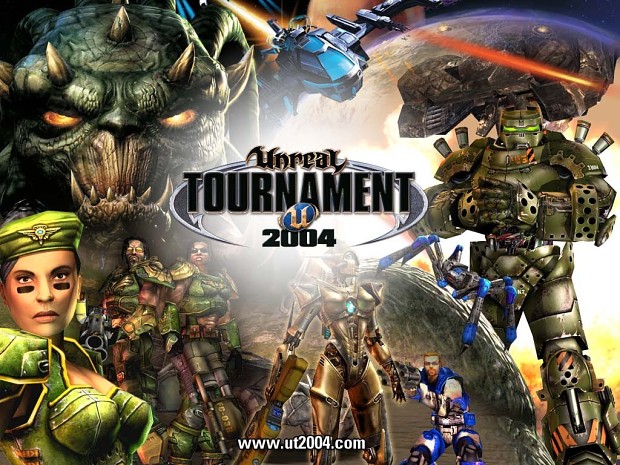


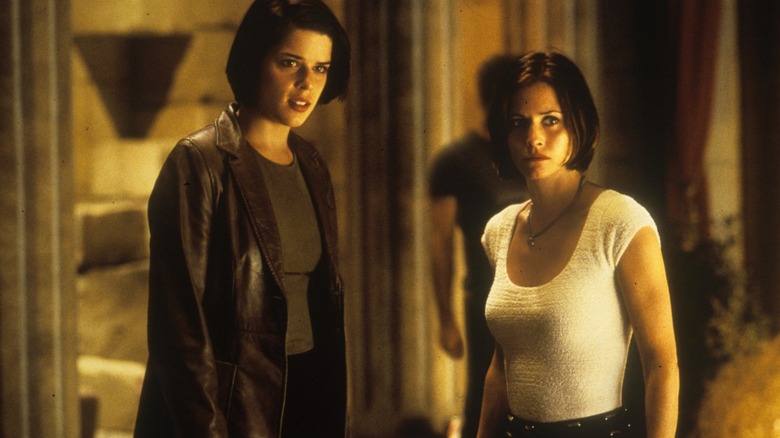
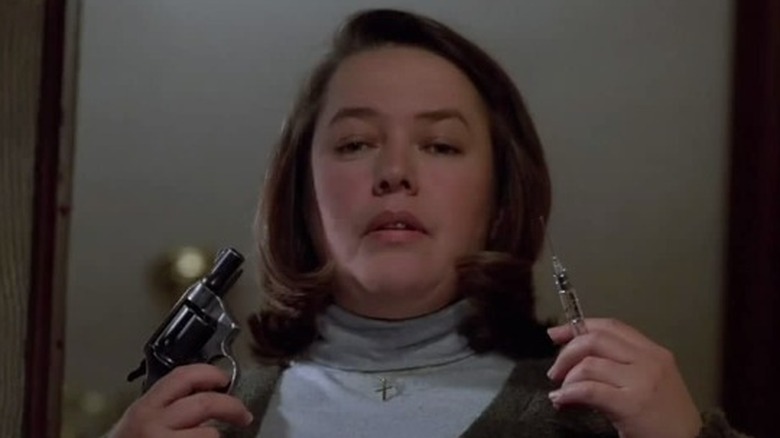
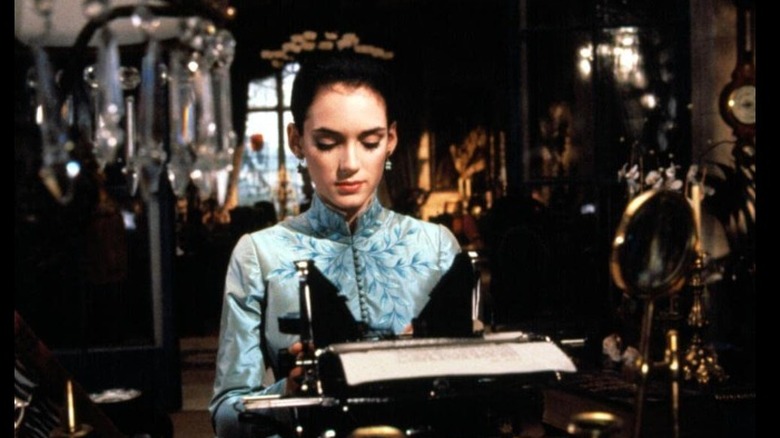
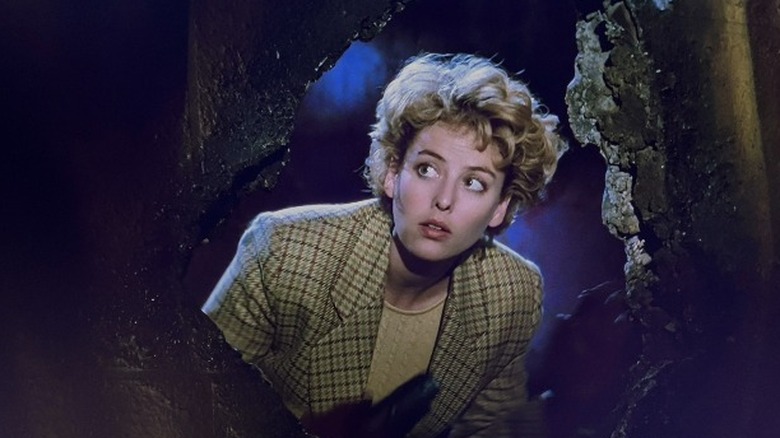
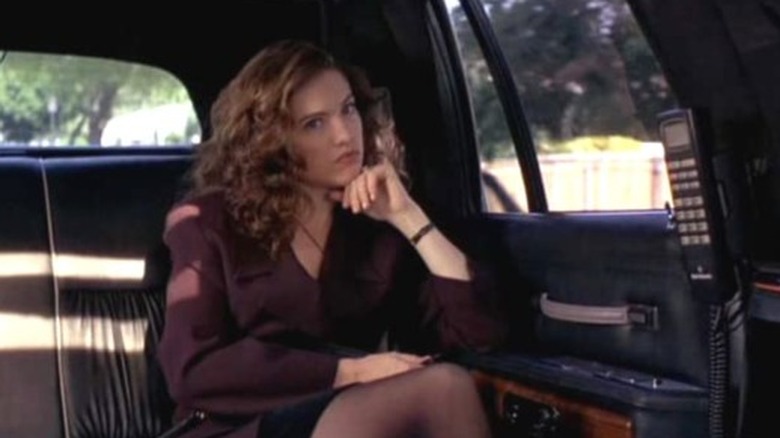
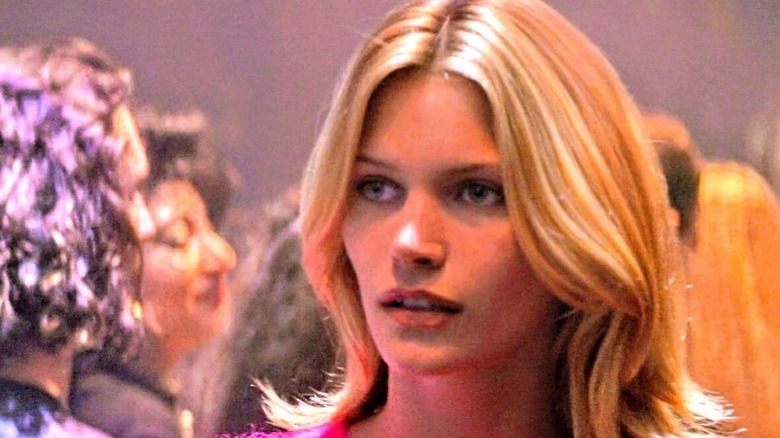
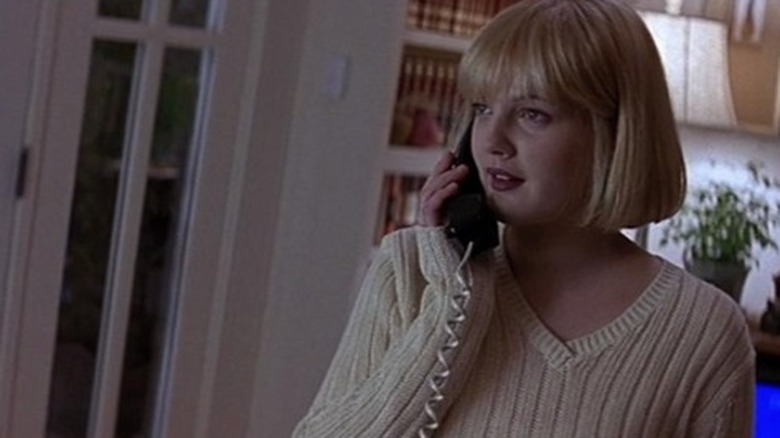
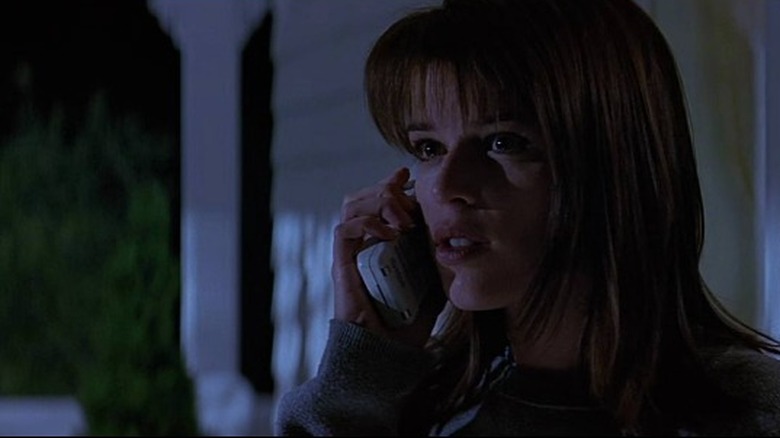
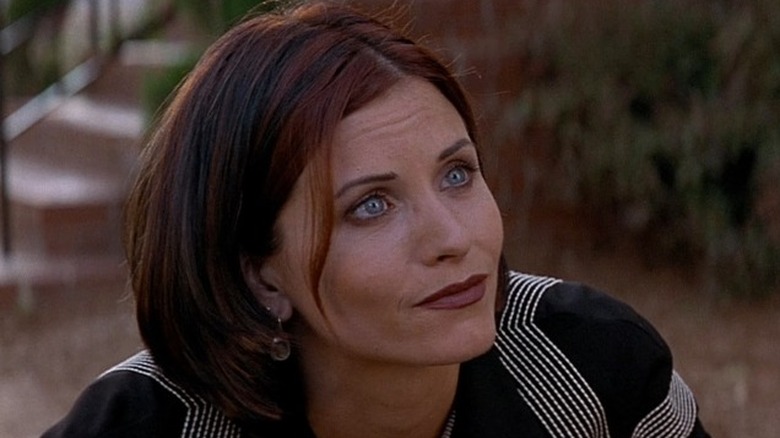
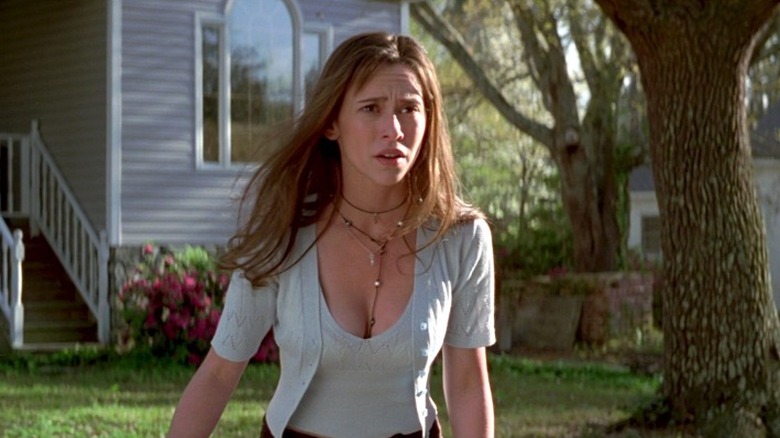
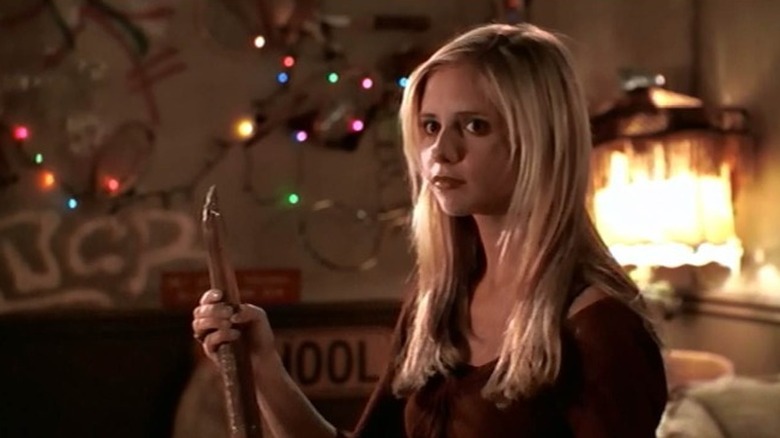
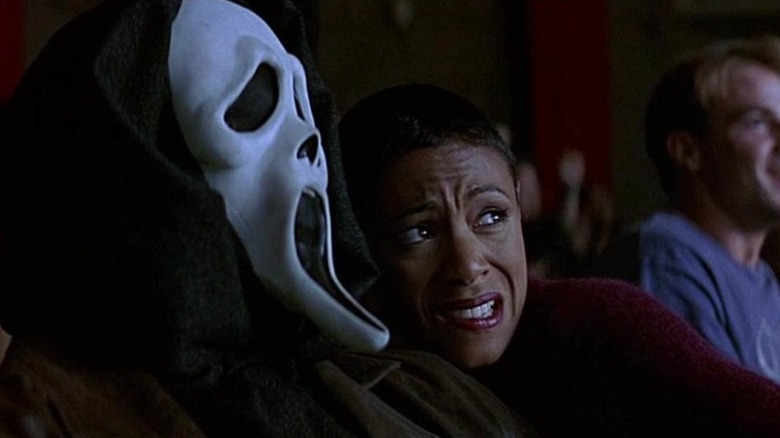
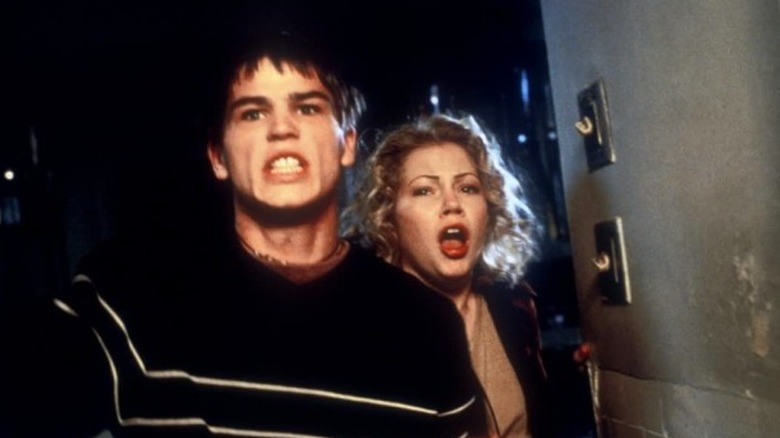
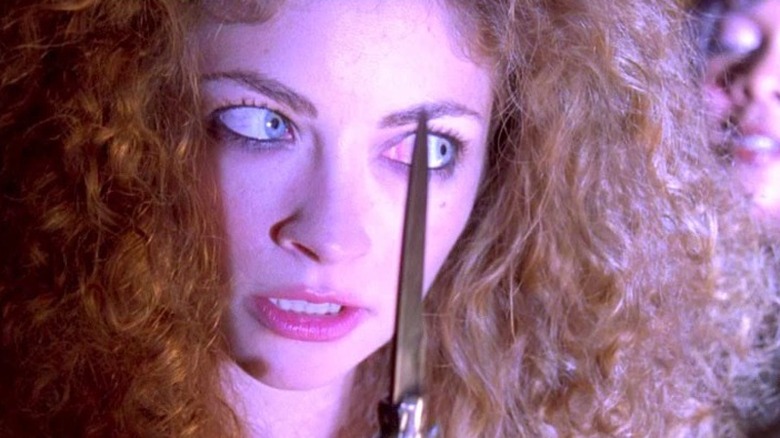
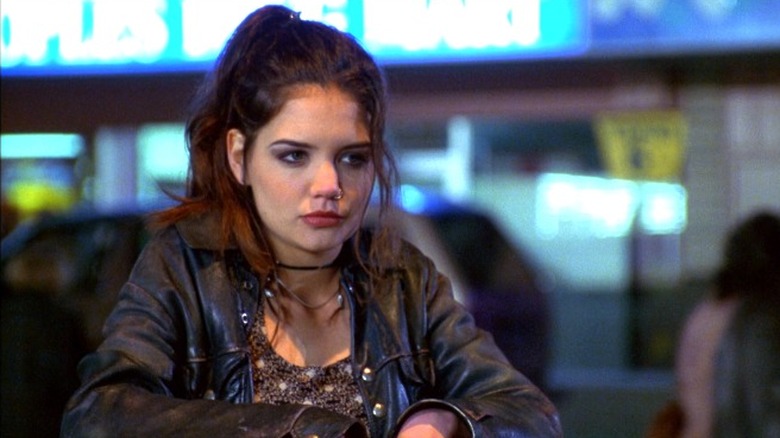
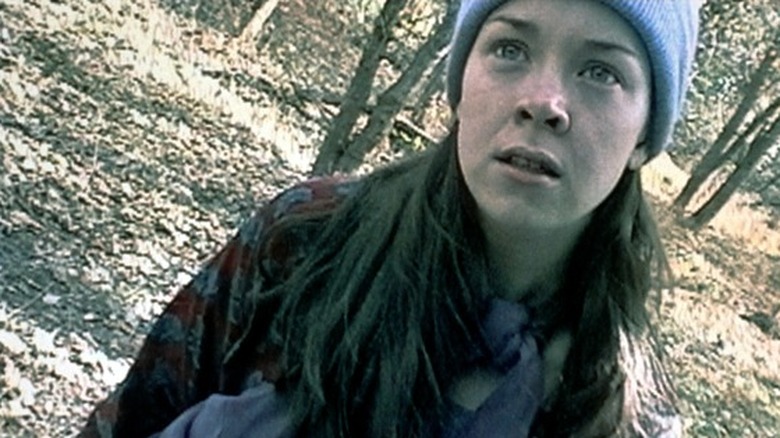



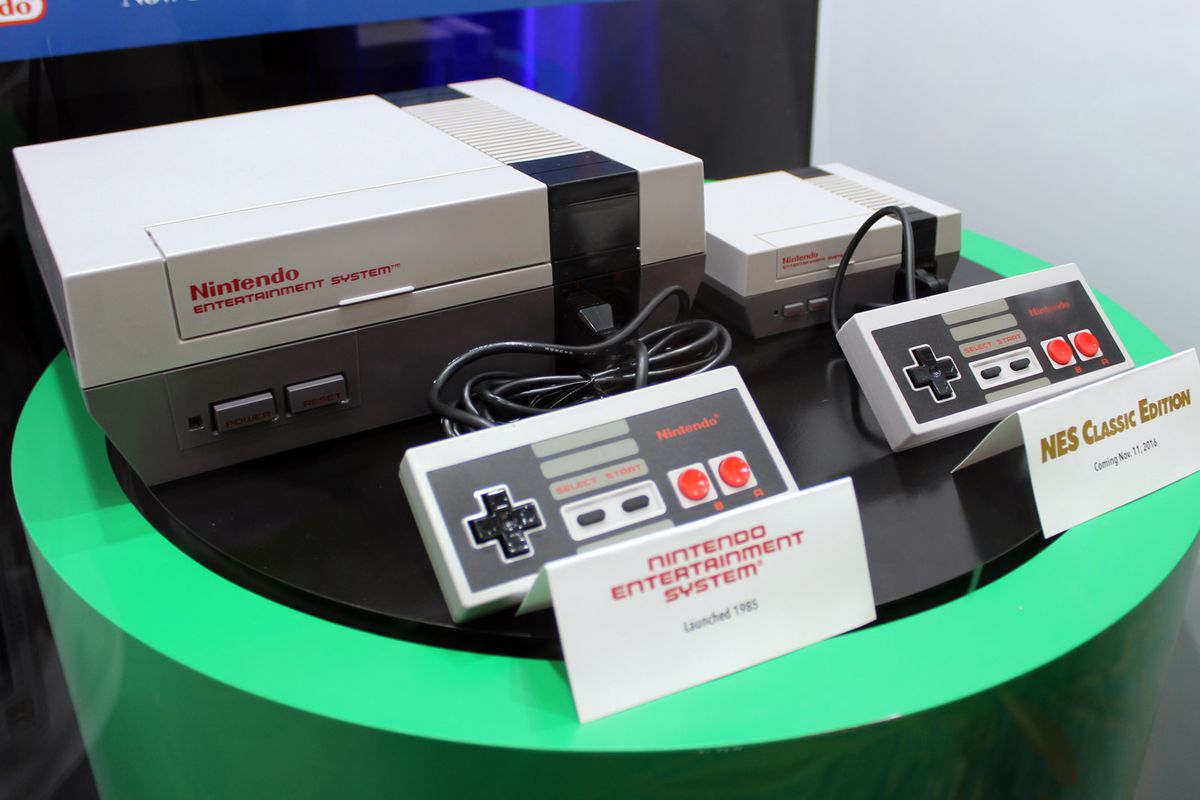
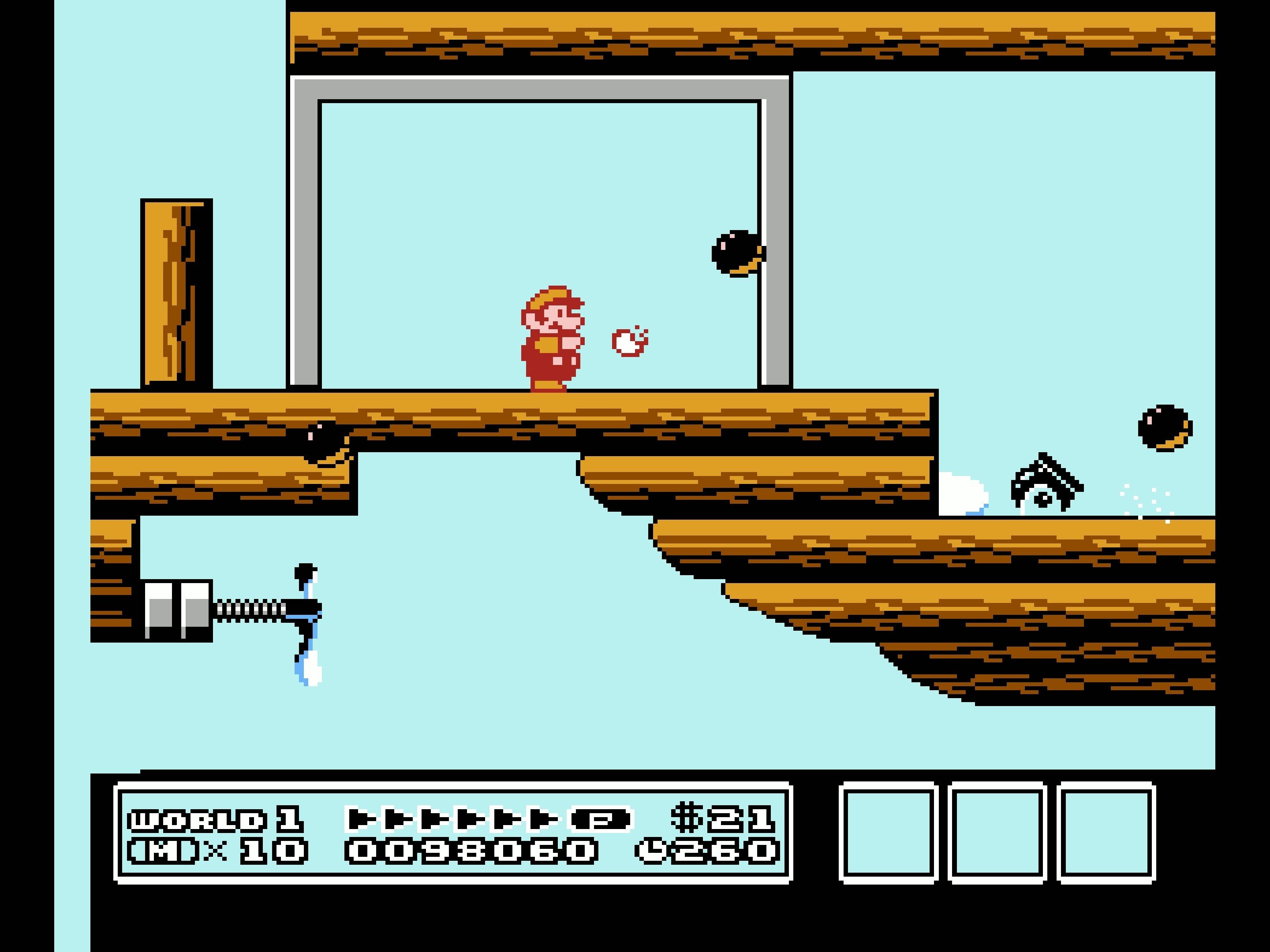

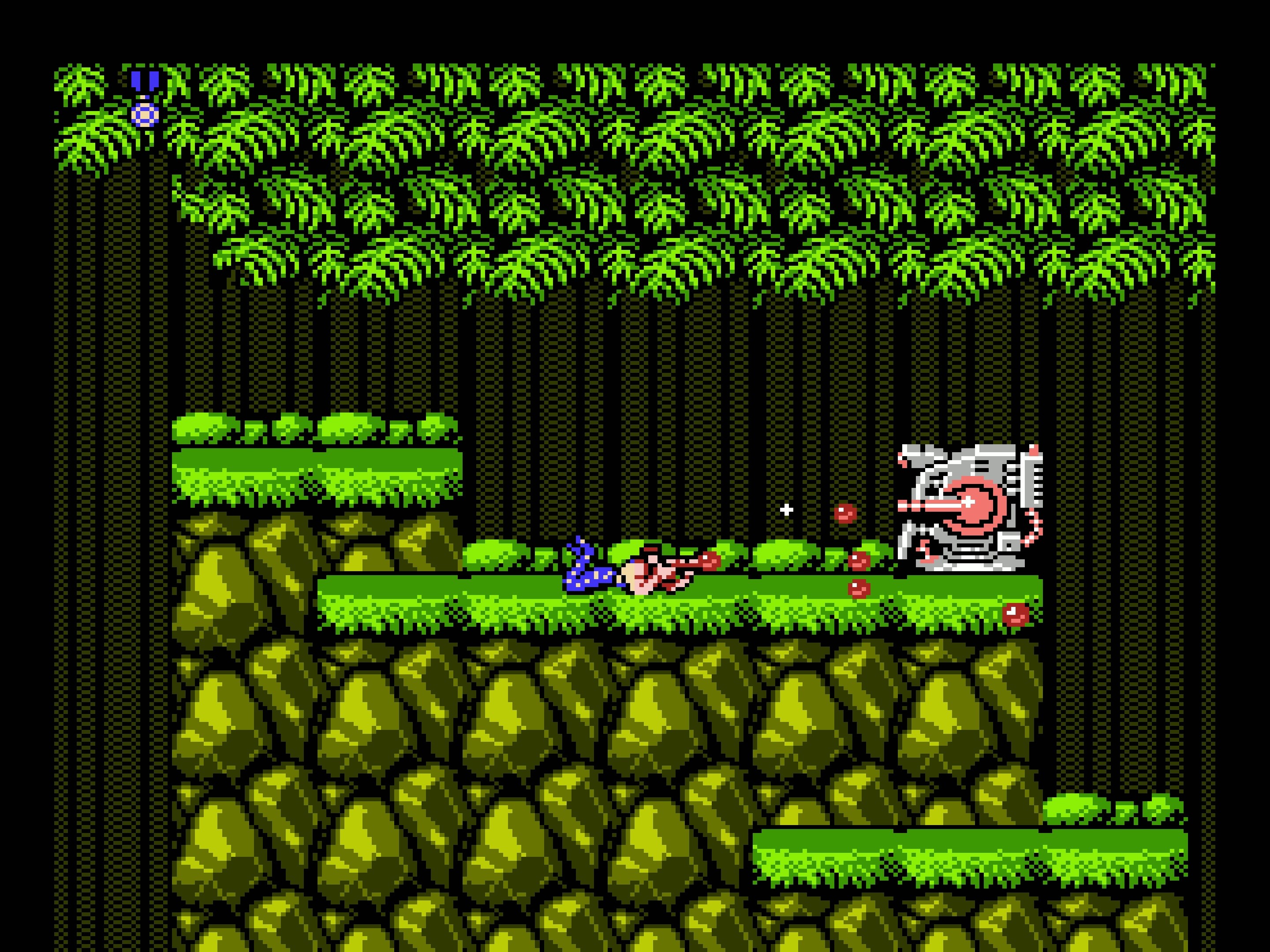
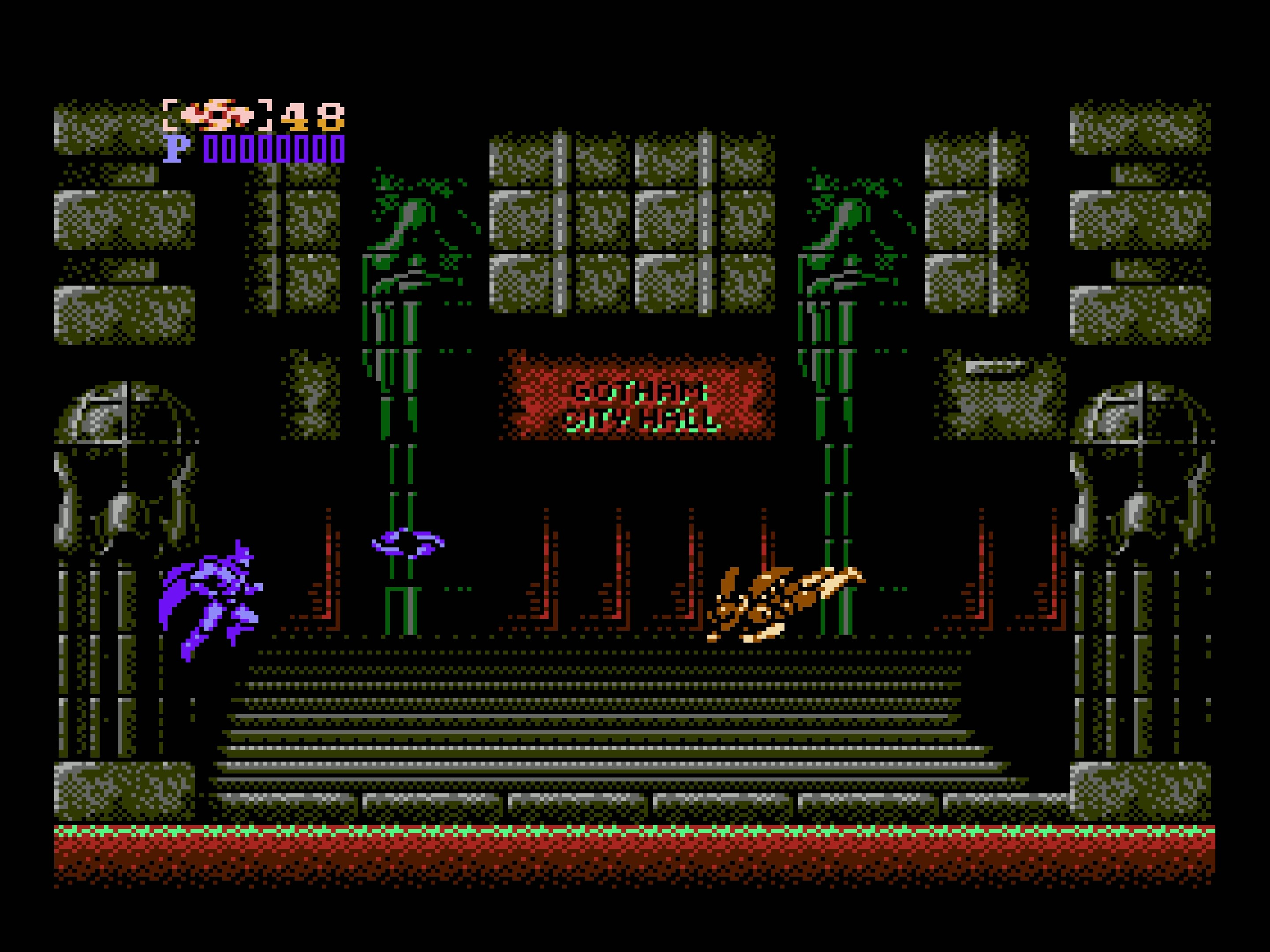
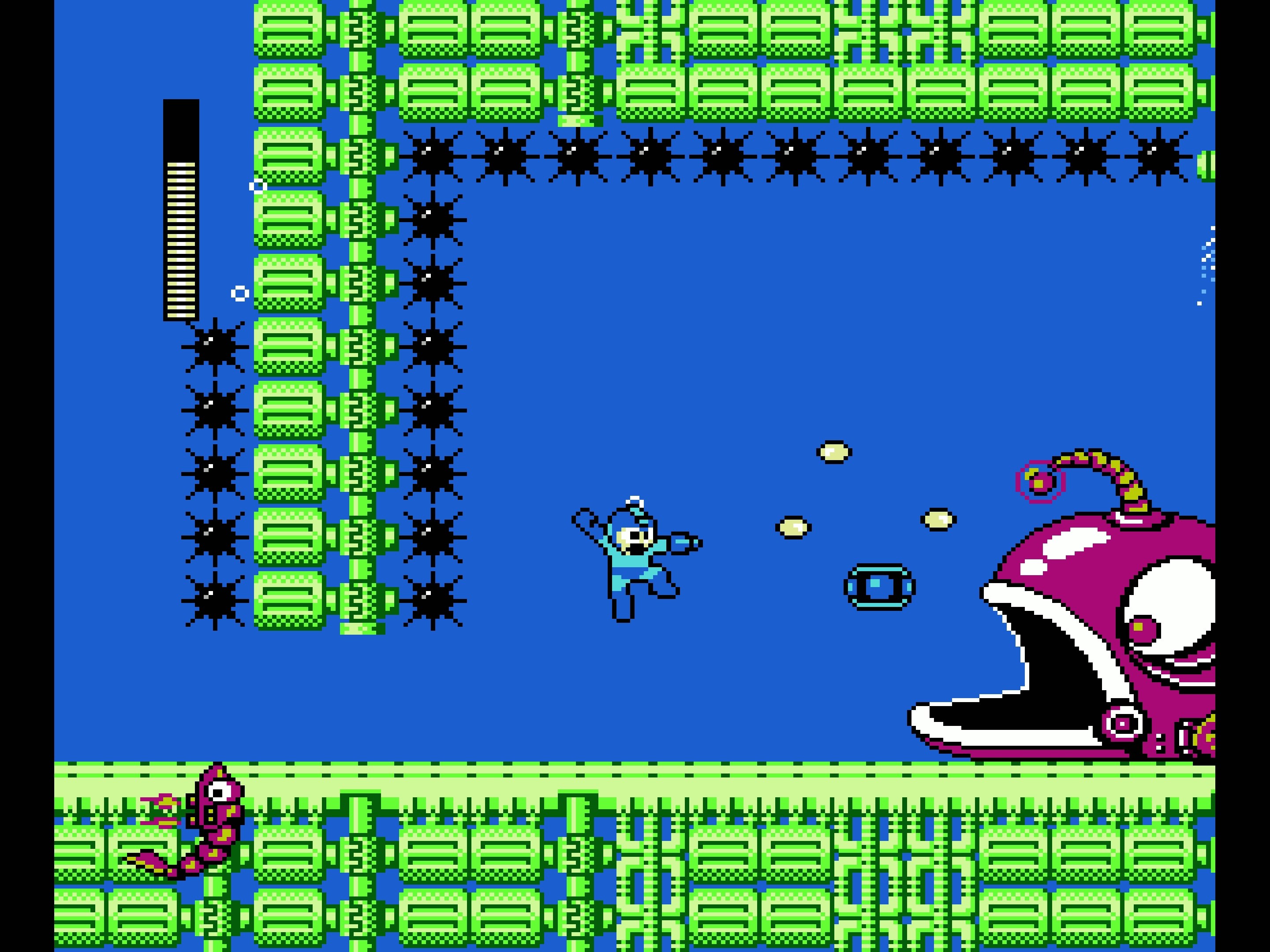



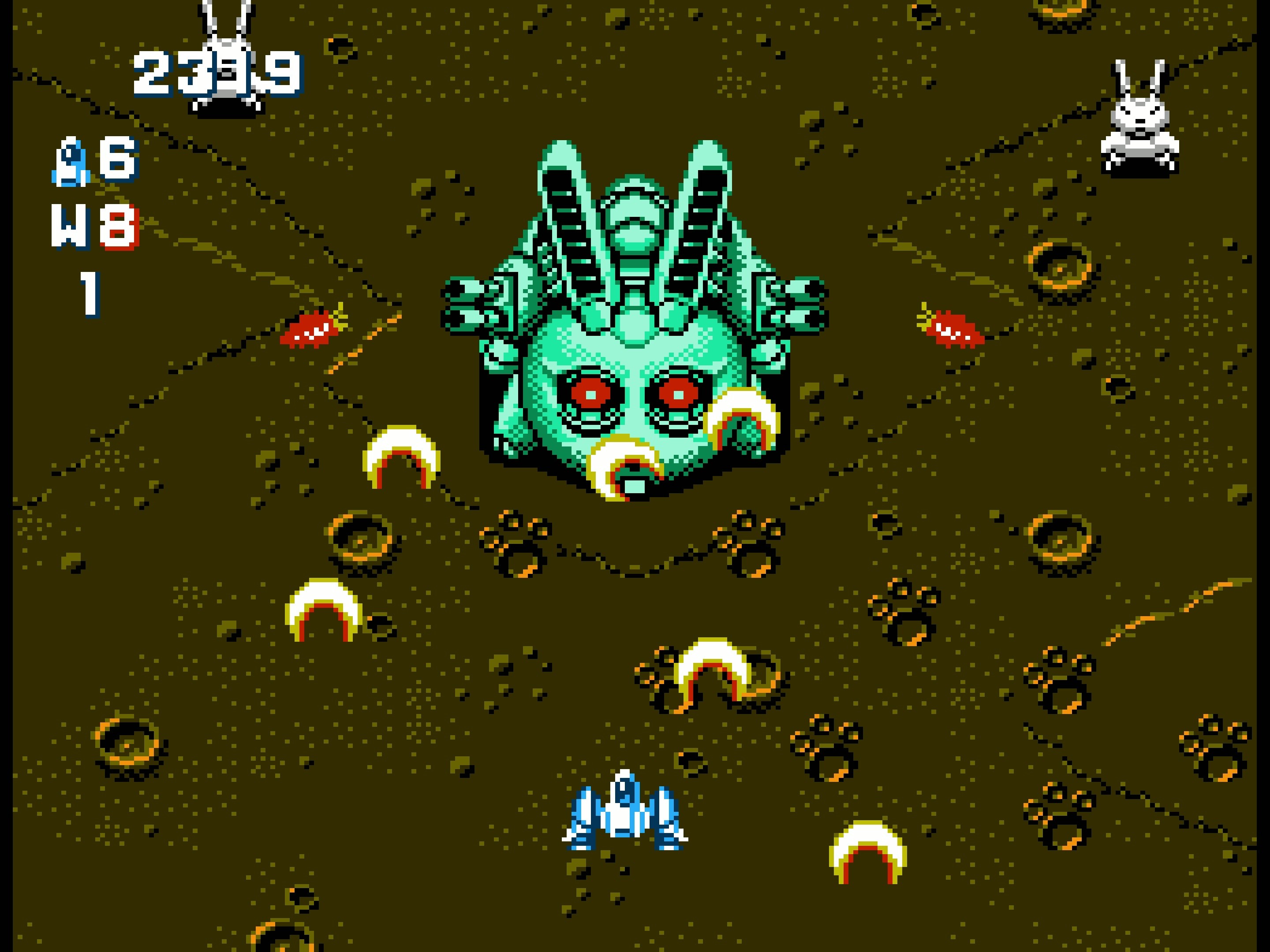

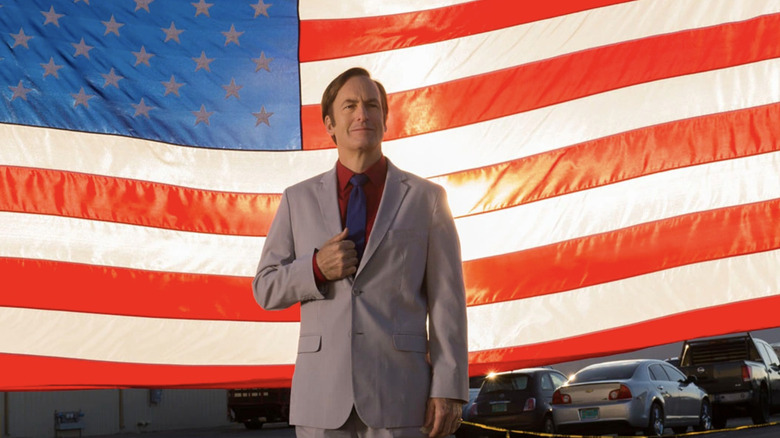
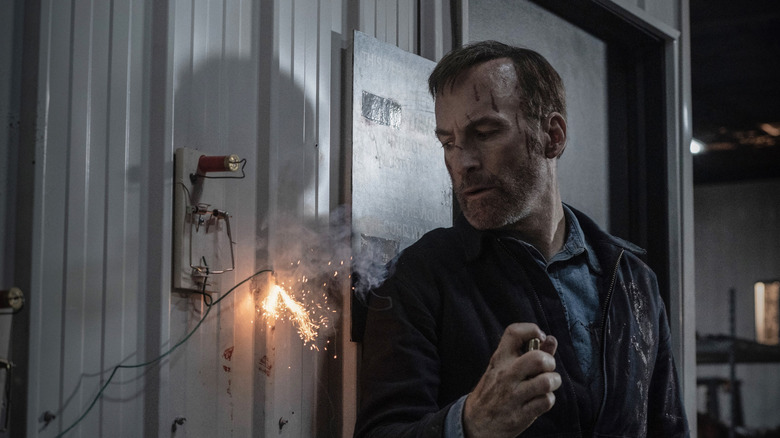
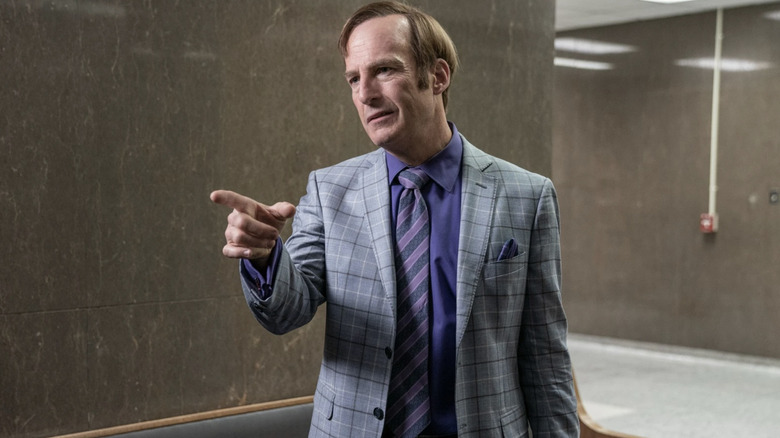

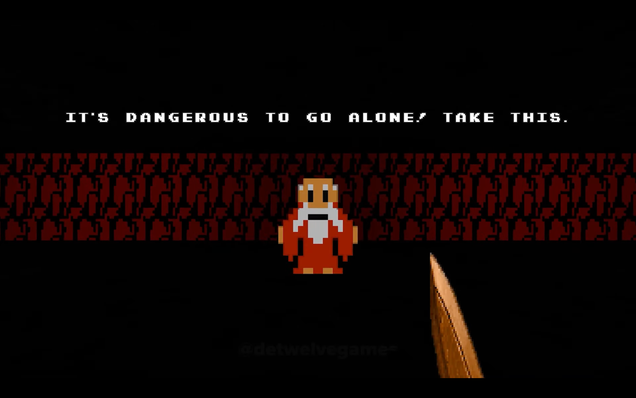



 Directed by Damien Chazelle, the Old Hollywood tale stars Brad Pitt, Margot Robbie and Diego Calva.
Directed by Damien Chazelle, the Old Hollywood tale stars Brad Pitt, Margot Robbie and Diego Calva.

